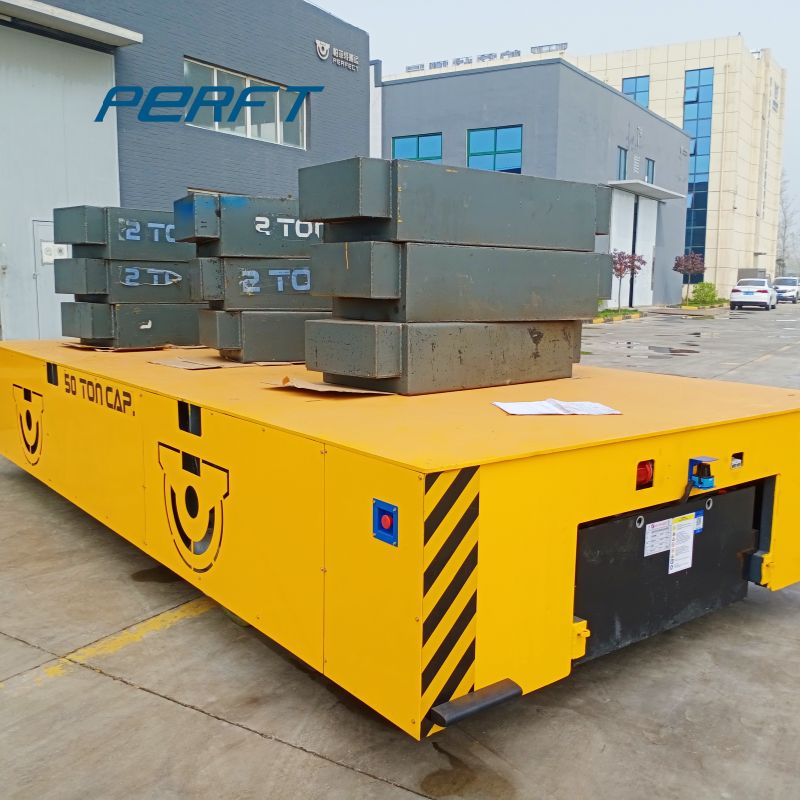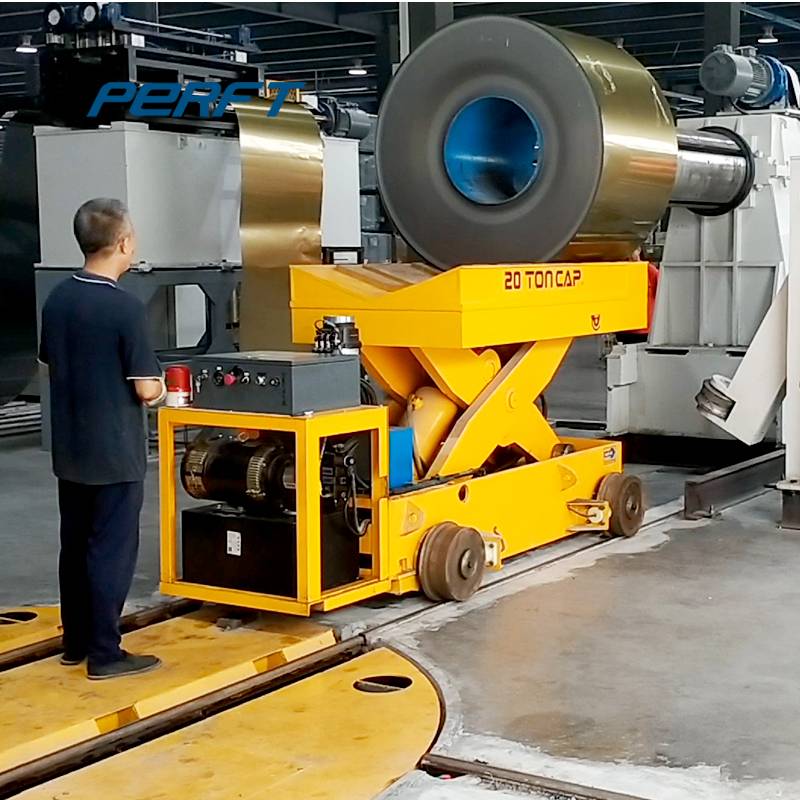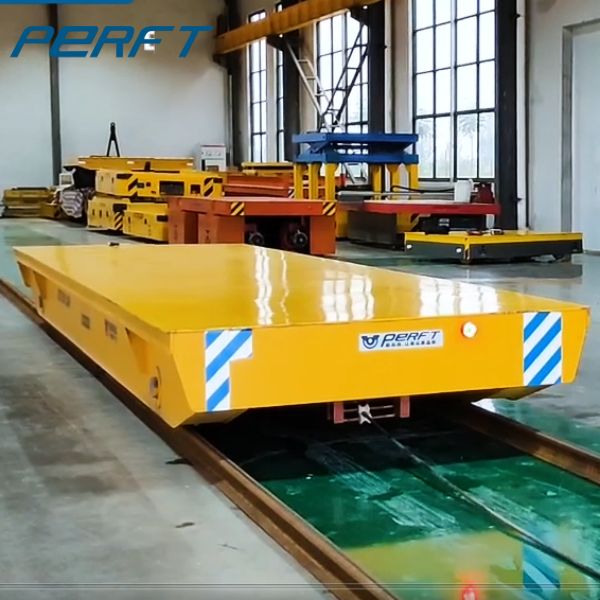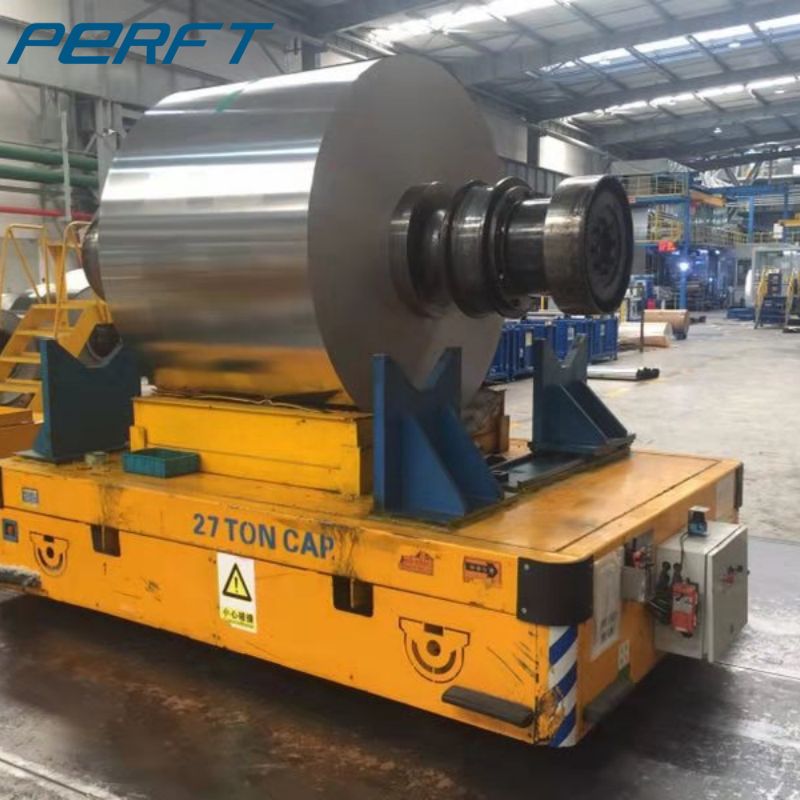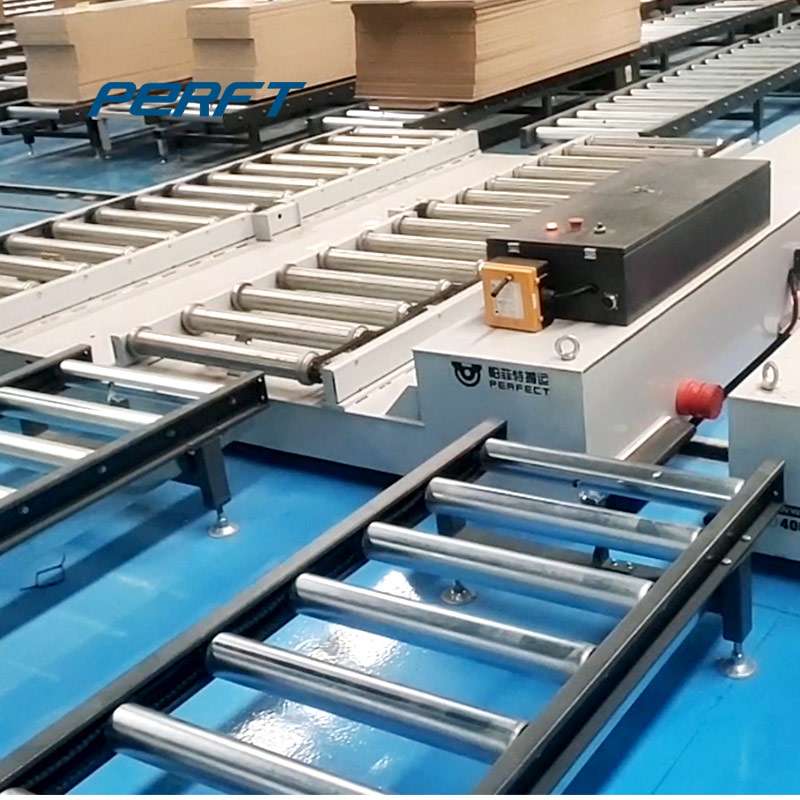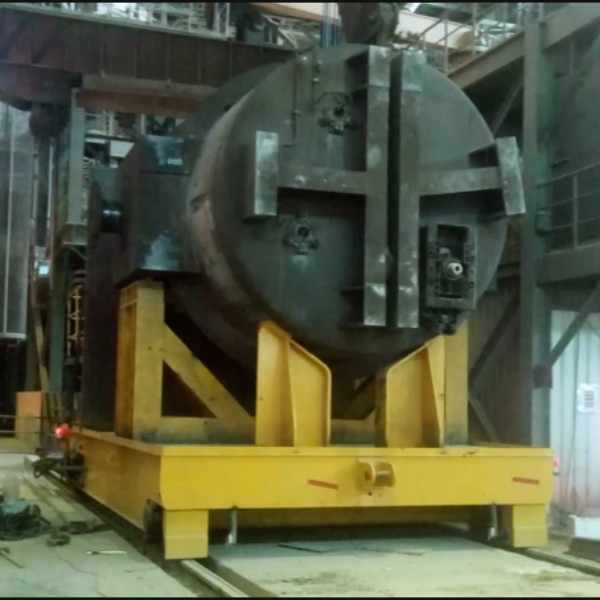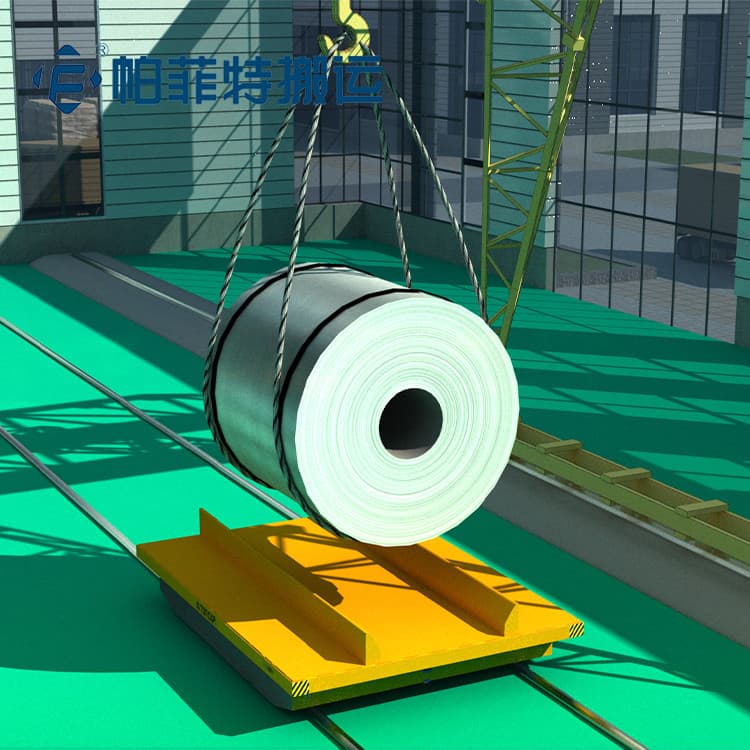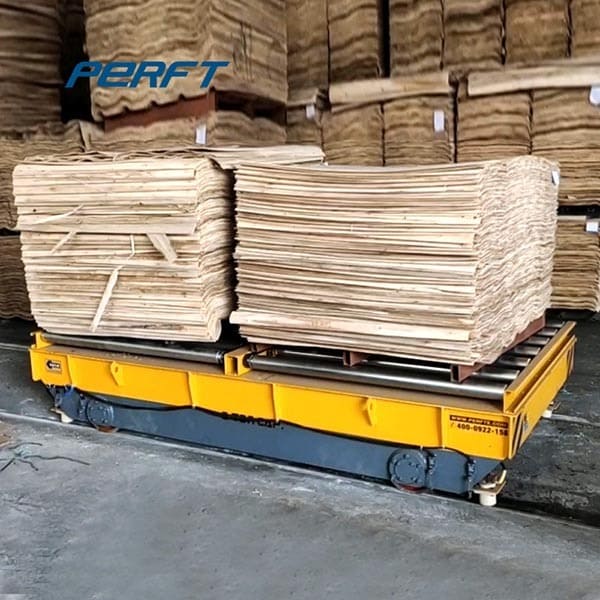Tube Transfer Cart
Understanding Tube Transfer Carts
Before we delve into the optimization techniques, let’s establish a solid understanding of tube transfer carts. A tube transfer cart is a versatile and reliable solution designed to transport materials within your facility. It typically consists of a flat platform or deck supported by wheels or casters, enabling easy movement and maneuverability. Tube transfer carts are commonly used in industries such as manufacturing, logistics, and warehousing to transport materials, components, or finished products.
Assessing Your Material Handling Needs
To achieve optimal results with your tube transfer cart, it’s essential to assess your specific material handling requirements. This assessment will help you determine the right type and configuration of the cart that aligns with your operational needs. Consider the following factors:
a) Load Capacity: Determine the maximum weight your tube transfer cart needs to handle. Consider both the average and peak loads you expect to transport. It’s crucial to select a cart with a suitable load capacity to ensure safe and efficient material handling.
b) Material Dimensions: Evaluate the size, shape, and dimensions of the materials you frequently handle. Measure the length, width, and height of the largest components to ensure they can fit comfortably on the cart’s deck without overhang or obstruction.
c) Floor Conditions: Assess the condition of the floors and pathways where the tube transfer cart will operate. Pay attention to any uneven surfaces, debris, or obstacles that could impact the cart’s mobility. If necessary, consider additional features like larger wheels, shock-absorbing casters, or pneumatic tires for smoother movement over rough terrain or uneven floors.
d) Travel Distance: Determine the typical travel distance required for material transportation within your facility. This information will help you choose a tube transfer cart with the appropriate battery capacity or power source, ensuring uninterrupted operation throughout your intended distance.
e) Unique Challenges: Identify any unique challenges specific to your facility or industry. For example, if you work in a clean room environment or deal with sensitive materials, you may need a tube transfer cart with specific certifications or features to maintain cleanliness or prevent contamination.
By conducting a thorough analysis of your material handling needs, you can make informed decisions when selecting and optimizing your tube transfer cart.
Choosing the Right Tube Transfer Cart
Investing in the right tube transfer cart is crucial for efficient material handling. Here are some key factors to consider when selecting a cart that meets your requirements:
a) Load Capacity: Ensure the cart’s weight capacity aligns with the heaviest loads you need to transport. It’s important to account for potential future growth or changes in your material handling operations.
b) Size and Dimensions: Consider the dimensions of your materials and the available space within your facility to ensure compatibility. The cart’s deck size should be sufficient to accommodate your materials without compromising safety or obstructing pathways.
c) Power Source: Evaluate whether a battery-powered or wired cart is more suitable based on your operational needs. Battery-powered carts offer greater flexibility and maneuverability, allowing you to navigate tight spaces or areas without direct access to power outlets. Wired carts, on the other hand, provide a continuous power supply without the need for recharging, making them ideal for extended operations or heavy-duty applications.
d) Maneuverability Features: Look for tube transfer carts with features that enhance maneuverability, control, and operator comfort. These may include ergonomic handles, adjustable speed controls, intuitive steering systems, or even automation technologies like guided navigation or remote control capabilities.
By carefully considering these factors, you can select a tube transfer cart that optimally meets your material handling requirements.
Optimal Utilization of Tube Transfer Cart
Once you have the right cart in place, it’s time to optimize its usage within your operations. Here are some strategies to enhance the efficiency of your tube transfer cart:
a) Organize Materials: Implement a systematic approach to categorize and arrange materials, ensuring quick and easy access when loading the cart. Consider utilizing color-coded bins, labeling systems, or dedicated storage areas to streamline the retrieval and loading processes.
b) Load Distribution: Properly distribute the weight of materials on the cart to maintain stability and prevent imbalances during transportation. Place heavier items at the bottom and distribute the load evenly across the deck. If necessary, use securing mechanisms such as straps or brackets to ensure the materials remain in place during transit.
c) Route Planning: Plan the most efficient routes within your facility to minimize travel distance and maximize productivity. Identify the optimal pathways that allow easy access to key workstations, storage areas, or production lines. Consider using floor markings, signage, or digital mapping tools to guide operators and streamline their movement.
d) Safety Considerations: Ensure your team receives proper training on operating the tube transfer cart safely, reducing the risk of accidents and material damage. Emphasize best practices such as adhering to weight capacity limits, maintaining clear visibility while maneuvering, and following designated traffic routes. Implement safety protocols, including regular inspections, to identify any potential hazards or maintenance needs.
By implementing these optimization strategies, you can enhance the overall efficiency of your material handling processes and maximize the performance of your tube transfer cart.
Maintenance and Upkeep
Regular maintenance is essential to keep your tube transfer cart operating at its best. Consider the following maintenance practices:
a) Routine Inspections: Conduct regular inspections to identify any signs of wear, damage, or malfunction. Inspect the wheels or casters, deck structure, handles, and any additional features of the cart. Promptly address any issues to prevent further damage or operational disruptions.
b) Lubrication: Keep moving parts well-lubricated to minimize friction and extend the cart’s lifespan. Follow the manufacturer’s recommendations regarding lubrication intervals and use suitable lubricants to ensure smooth operation.
c) Cleaning: Maintain a clean cart to prevent debris buildup that could hinder its performance. Regularly remove any dirt, dust, or other contaminants from the cart’s surface, wheels, and handles. Consider using appropriate cleaning agents that do not damage the cart’s components.
d) Repairs and Replacements: Address any issues promptly, and replace worn-out or damaged components to prevent further damage. Consult the manufacturer’s guidelines or seek professional assistance when undertaking repairs or replacements to ensure proper functioning and safety.
By adhering to a regular maintenance schedule and promptly addressing any concerns, you can extend the lifespan of your tube transfer cart and ensure its optimal performance over time.
